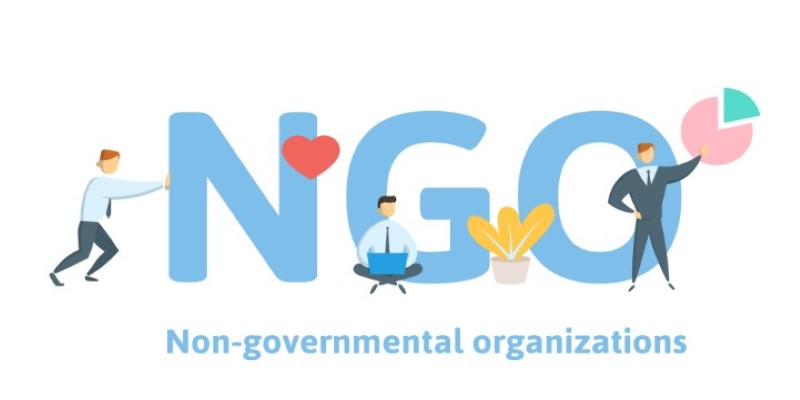Microinsurance, a form of insurance tailored to low-income populations, has increased in emerging markets. Over the past decade, it has gained significant traction as a practical solution to financial vulnerability in regions where traditional insurance products often fall short. This trend is not just a passing phase but an essential shift in how insurance providers meet the needs of underserved communities. With advancements in technology, regulatory support, and an increasing focus on inclusive financial services, microinsurance is becoming essential in reducing poverty and improving the resilience of individuals in emerging markets.
What Is Microinsurance?
Microinsurance is a type of insurance designed to offer affordable coverage to people in low-income communities. Unlike traditional insurance products, which may be too expensive or complex for many in developing countries, microinsurance policies are specifically crafted to meet the needs of low-income people. These policies typically offer smaller coverage amounts with lower premiums but protect against specific risks, such as health emergencies, crop failures, accidents, or death. Microinsurance products are often more straightforward regarding coverage and claims processes, making them accessible to a broader audience.

One of the core features of microinsurance is its affordability. Microinsurance products are designed to fit within the budget of individuals who may need more regular access to formal financial services by offering low premiums and focusing on small-scale risks. These policies are often distributed through local agents or innovative delivery methods, such as mobile phones or community groups, making them even more accessible.
The Driving Forces Behind The Growth Of Microinsurance
Several factors contribute to the growing popularity of microinsurance in emerging markets. One of the most significant is the increasing recognition by governments and non-governmental organizations (NGOs) of the need for affordable financial protection in low-income communities. As poverty rates remain high in many regions, traditional insurance models are often too expensive or too complex to be valuable to most people. Microinsurance solves this issue, helping vulnerable populations protect themselves against unexpected expenses.

Additionally, the rise of digital platforms has played a pivotal role in expanding microinsurance. With the widespread adoption of smartphones and mobile money services in emerging markets, offering insurance products to a large and diverse population has become easier. Mobile technology allows for the distribution and payment of insurance premiums in a way that was not previously possible. In Kenya and India, mobile phone companies and insurance providers have partnered to create innovative microinsurance solutions that leverage existing mobile infrastructure to offer affordable coverage.
Addressing The Unique Needs Of Emerging Markets
The unique challenges populations face in emerging markets make microinsurance a valuable tool for financial inclusion. In many regions, people need more access to formal financial services such as savings accounts, credit, or loans. As a result, they are particularly vulnerable to shocks such as illness, natural disasters, or loss of income. Microinsurance products help mitigate these risks by offering affordable and tailored protection to these communities' specific needs.

For example, crop insurance is one of the most common forms of microinsurance in agricultural communities. Smallholder farmers, who comprise a significant portion of the population in many developing countries, are highly vulnerable to climate change, droughts, and other environmental factors. By offering crop insurance, providers help these farmers recover financially in the event of a crop failure, ensuring they can continue to feed their families and sustain their livelihoods. Similarly, in areas where access to healthcare is limited, micro-insurance products focused on health coverage can protect individuals from the financial burden of medical expenses.
The demand for microinsurance is also driven by changing consumer behaviour. There is a growing awareness of the importance of financial protection in many emerging markets. As more people gain access to information through mobile phones and the internet, they are beginning to understand the value of insurance in managing risk. In some regions, microinsurance has gained popularity as an alternative to informal coping mechanisms, such as borrowing from family members or relying on community support networks. While these methods may work in the short term, they offer more long-term financial stability than insurance can provide.
Challenges And Barriers To Growth
Despite its potential, microinsurance must overcome several challenges to reach its full potential in emerging markets. One of the most significant barriers is the need for more awareness and understanding about insurance. Many people in low-income communities are unfamiliar with insurance products and may view them as unnecessary or irrelevant to their lives. This lack of awareness can make it difficult for insurers to build trust and convince potential customers to purchase policies.

Another significant challenge is the regulatory environment. While many governments in emerging markets recognize the importance of financial inclusion, the regulatory framework for microinsurance is still under development in some regions. In some cases, insurance regulations are either too restrictive or not well-suited to the needs of low-income populations. For example, the complexity of licensing requirements, the high cost of compliance, and the lack of clear guidelines for microinsurance providers can make it difficult for insurers to offer affordable and accessible products.
Furthermore, the delivery model for microinsurance can present challenges. Microinsurance providers often rely on intermediaries such as local agents, mobile network operators, or community organizations to distribute their products. While these intermediaries can effectively reach many people, they may face trust, infrastructure, and training challenges. In remote or rural areas, access to technology and reliable communication networks can be limited, which may hinder the distribution and administration of microinsurance products.
The Role Of Technology In Expanding Microinsurance
Technology is critical in overcoming some of the barriers to microinsurance. As mentioned earlier, mobile phones have become a key tool in distributing microinsurance products. In many countries, mobile money platforms such as M-Pesa in Kenya or Paytm in India have facilitated the seamless transfer of premiums and payouts. These platforms have allowed insurers to reach large, previously underserved populations and have helped to reduce the cost of doing business in these markets.

Beyond mobile phones, other forms of technology, such as artificial intelligence (AI) and blockchain, are being explored to improve the efficiency and transparency of microinsurance. AI can automate underwriting, claims processing, and fraud detection, making it easier for insurers to serve large numbers of policyholders. Blockchain technology, on the other hand, offers the potential for secure, transparent transactions and can help build trust between insurers and customers. By reducing administrative costs and increasing efficiency, these technologies can make microinsurance more affordable and accessible to low-income populations.
Conclusion
The rise of microinsurance in emerging markets is a response to the growing need for financial protection among low-income populations. By offering affordable and accessible coverage, microinsurance is helping to reduce the economic vulnerability of millions of people at risk of falling deeper into poverty due to unforeseen events. While challenges remain, the role of technology, innovation in product design, and supportive regulatory frameworks are driving the growth of this sector. As microinsurance continues to evolve, it has the potential to transform the way people in emerging markets manage risk and achieve greater financial security.





